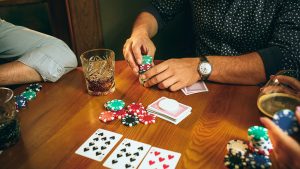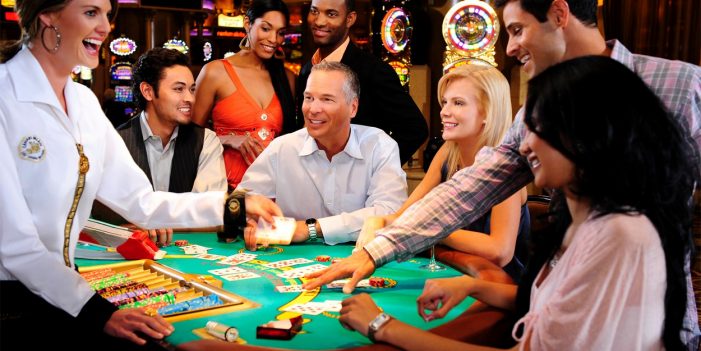In order to get bright and juicy photos of decent technical quality in good lighting, photographers most often do not need any special photographic equipment for work. It is not even necessary to shoot with a professional camera, you can get by with an amateur compact, and the camera built into the phone is also suitable for certain purposes. But what if you need to take pictures in low or very low light? Most often, under such conditions, the quality of photographs suffers to a large extent. Why is this happening?
Light is a fundamental element in photography, therefore, when not enough of it hits the photosensitive element of the camera’s matrix, the image is poor quality, blurry and with fuzzy borders. The natural solution in this situation would be the use of an on-camera flash. It should only be taken into account that it must be used wisely, as in low-light conditions, the flash creates a powerful intense stream of light that can over-light the subjects being shot, make them overly bright, create hard shadows and make the background unnaturally dark. Such lighting will destroy any idea of the picture, make it unsuitable for display, and for any other use, except to throw it in the trash.
A good solution when shooting in low light is to use an off-camera flash. Now they are produced by different manufacturers, for all systems and are designed for different levels of photographer training. An off-camera flash allows you to control the light, direct the flow in the right direction, for example, to the side or to the ceiling, thus creating soft diffused lighting that will smoothly envelop the subject and allow you to get a picture of high technical quality.

When you cannot use the flash
Using the flash will undoubtedly improve the quality of your photos under certain conditions, but there are situations in which you should not use the flash. For example, many art galleries and museums do not allow flash photography; at children’s parties and events, you need to use this accessory carefully. At some sports competitions, you can’t even make noise, let alone use a flash. For example, when there is a game of chess, billiards or even a poker tournament, photographers should not use a flash so as not to disturb the players, not to distract attention with unexpected bright light.
Taking pictures in poor lighting conditions
During a poker tournament, players are focused on the process as much as possible, and any external noise, even from the flash, can affect the outcome of the meeting. The organizers of such competitions are asked to take pictures in the silent mode of the camera and not to use any additional lighting in order to provide the players with the most comfortable conditions.
When photographing evening landscapes, the flash is practically useless, except when you intend to shoot shadows or in backlight. Under many conditions, photographers need to be able to adjust their photography equipment to get good quality photos without additional lighting.
Beginning photographers are usually not always familiar with the secrets of skill that allow you to shoot indoors or in poor light outdoors, using the tools at hand and the technical capabilities of the camera. On specialized forums, professionals and experienced users, as a rule, share many tips, it is also worth working out photo tutorials on those photo resources that specialize in this issue. But let’s look at some of the nuances of low-light photography and learn a few tricks that will help in a difficult situation.
How to improve the quality of photos in low light
The easiest way to get the right amount of light on the photosensitive element is to increase the ISO value. Different cameras have different limit values, of course, the photographer can only build on what is available to his camera. It should be remembered that with increasing ISO values, color noise appears in the image, which is quite difficult to get rid of in post-processing. The larger the image size, the more visible the digital noise will be due to the high ISO values. That is why one of the most common rules of photography says that you should use the lowest possible ISO settings when shooting.
In dark rooms with subdued lighting, such as a concert hall, casino, bar or nightclub, you will certainly have to use almost maximum ISO values, which can affect the final result. To avoid this, the use of fast lenses, the aperture value of which can be equal to f / 1.2-1.8, will help. The more you can open the aperture, the slower the shutter speed is needed to correctly expose the frame.
A properly selected exposure pair allows you to get excellent quality photos, with a well-designed background, clear subjects, and optimal depth of field.

What other ways to improve photography exist
To photograph in low light, you can use slow shutter speeds, when it becomes possible to keep the aperture open long enough for enough light to hit the photosensitive element for correct exposure. It is important to understand that this method is suitable mainly for static photography – landscapes, urban architecture, etc. Shutter speeds ranging from 1/60 second are considered optimal values.
For long exposures, a tripod or monopod is useful. With it, natural camera shake is prevented, there will be no blurring of the image, and you can choose the best exposure values to work out the entire image.
When shooting with a tripod in low light and using slow shutter speeds, it is worth using another simple but important accessory – a cable release or a shutter release timer. You will be able to avoid almost any camera shake, resulting in improved technical quality of photos. It happens that a tripod is not at hand, then the camera is installed on any stable surface, the remote shutter release will help in such a difficult situation to cope with the task.
